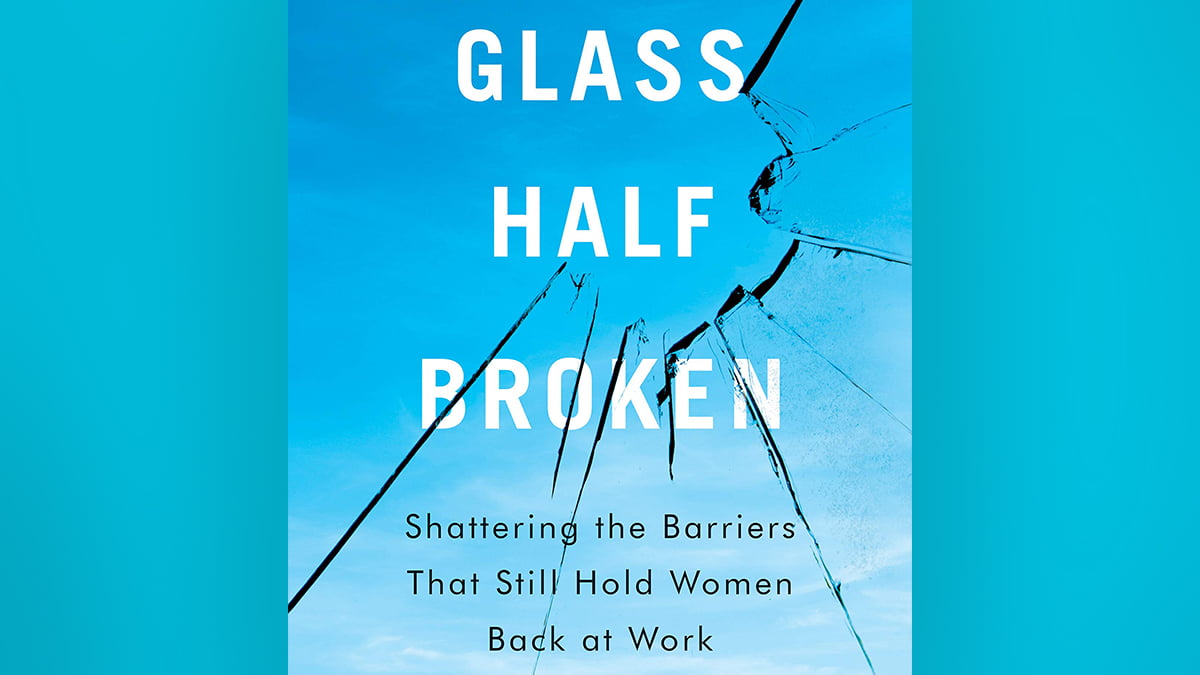Why the gender gap persists and how we can close it
Women have made up roughly half of the college-educated workforce for years, and before the onset of the economic crisis of 2020, the gap between the percentage of women and the percentage of men in the labor force was the lowest on record. But women remain underrepresented in positions of power and status. The gender pay gap, for example, shows little movement, largely because high-paying jobs are the most gender-imbalanced. Even in areas where there are roughly equal numbers of men and women, or where women actually make up the majority, leadership ranks remain male-dominated.
The endurance of these inequalities begs the question: Why haven’t we made more progress? A 2020 analysis by a team of sociologists affirms that progress, as measured by rates of women’s employment, earnings, and the types of fields and jobs they work in, has either stalled completely or slowed.
With fifty years of sweeping reforms in educational and corporate policy, it’s tempting to think that any remaining gender imbalances reflect differences in individual merit or behaviour, not organizational barriers. Much of the popular media supports this idea, with countless books and articles offering advice on what women should do to overcome challenges: lean in, speak up, do power poses, stop apologizing, and delegate more.
Ammerman and Groysberg focus instead on the pervasive organizational obstacles and managerial actions that create gender imbalance. Bringing to light the key findings from the latest research in psychology, sociology, and economics, Glass Half-Broken shows that along their entire career path—from entry- to mid- to senior-level positions—women get pushed out of the leadership pipeline and, at each point, for different reasons. Presenting institutional and managerial strategies designed to overcome and mitigate these barriers at each step in the career path, Glass Half-Broken is the authoritative resource that managers and leaders at all levels can use to finally shatter the glass ceiling.
Is the glass ceiling really half broken?
Data shows us that while the slope of change to increase gender equality in industries and the workforce is positive, disappointingly the numbers are low and increases are slow. Colleen Ammerman and Boris Groysberg said they named their book “Glass Half Broken” because, for the first-time, policy makers, corporate leaders and employees are all sharpening their focus on workplace equality.
What does it take for men to become allies for gender equality?
Some men become allies through their lived experiences and what Ammerman and Groysberg referred to as the “empathy factor”: if they are part of a minority group, then it is easier for them to empathize with women’s marginalization in the workplace. Another way men gain awareness of gender inequality is through their personal relationships: they could see someone they care about going through difficulties at work or witness someone consistently fighting barriers placed in their path of career advancement.
Gender equality is not a zero-sum game.
Gender equality is not a zero-sum game. For men in positions of leadership, it makes sense to hire the best talent for your company. It doesn’t benefit the company to overlook and undervalue a whole group of people. Ammerman emphasized that women often develop new skills and capabilities out of the experience of being discriminated against, ironically making them better at their jobs.
Divisions of labor at home and company policies
Research shows that, to achieve gender equality, it is important to change entire systems from hiring, development, integration, through to promotion. But, before all of this can happen, it is equally important to build better systems and processes at home in terms of the division of care work. Achieving a more balanced division of labor in which men contribute equally at home is still be stigmatized and delegitimized in many circles. To combat this, organizations can implement policy changes such as implementing dual maternity and paternity leave. The messaging that organizations send out to men who take on family accommodations is also important. Policies should be universally appealing. Framing family-friendly policies as a way to help women only further entrenches divisions of labor and stigmatization.
What’s one way that companies can fix gender inequality problems?
Data does a great job of spotlighting an issue. What organizations and managers do with these data will be a good test of how successful they are in eliminating gender biases. One example is annual compensation audits. You can analyze the data and see patterns and outcomes, and through this, you can create an action plan. Actions like these are sustainable over the long run and can create multiple opportunities to drive change.
Watch Colleen Ammerman and Boris Groysberg discuss ‘Glass Half Broken’
This event was hosted by the Institute for Gender and the Economy.




